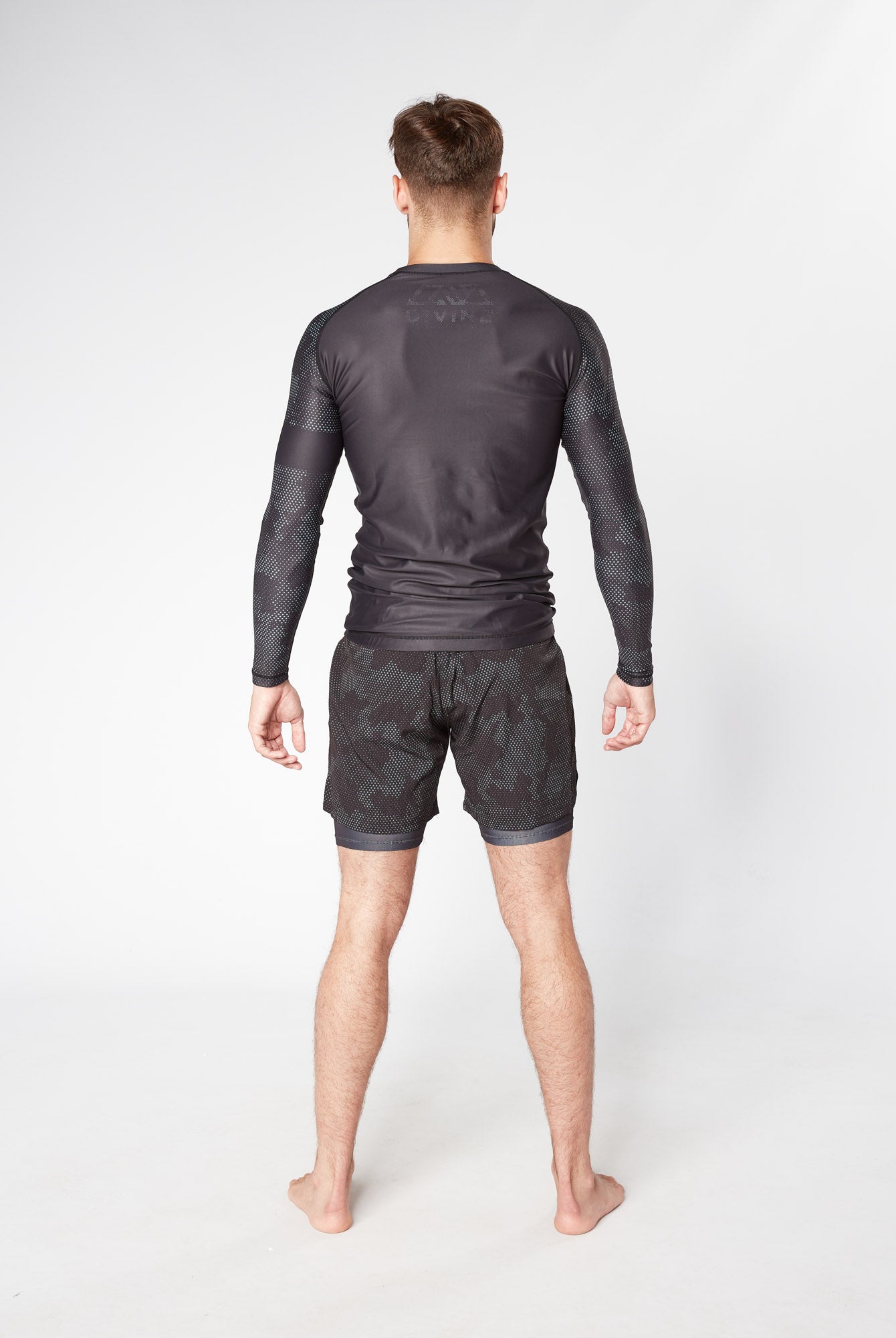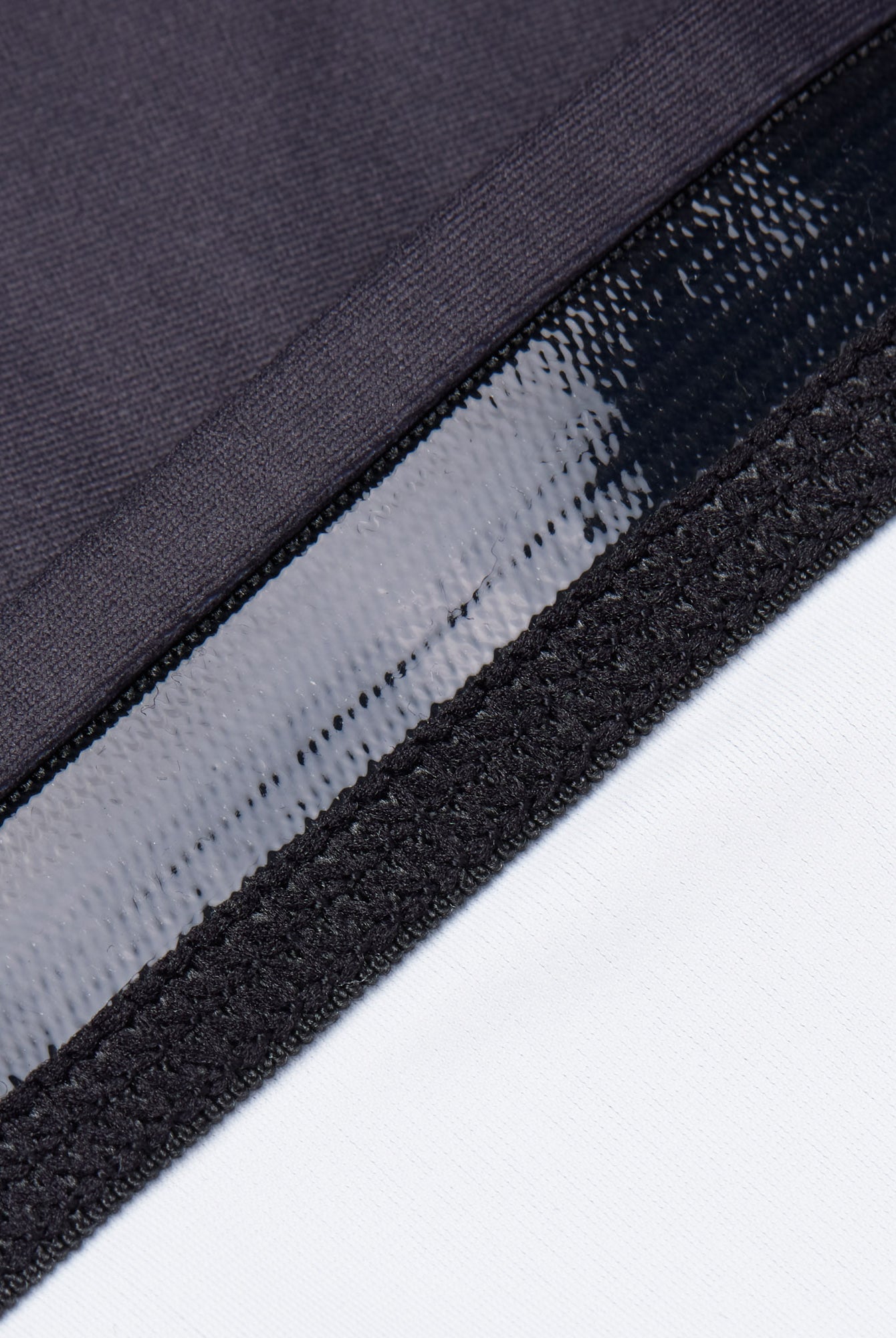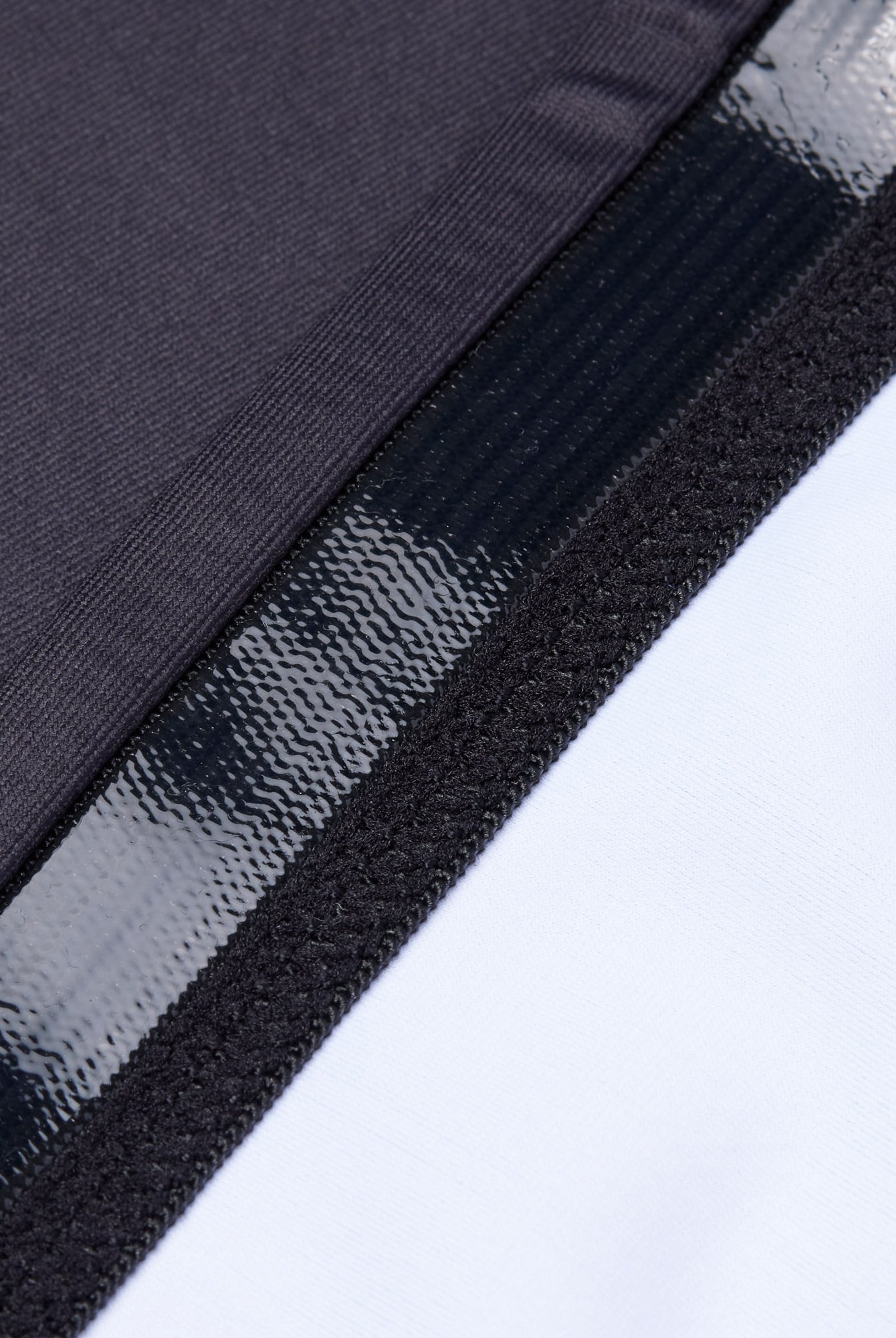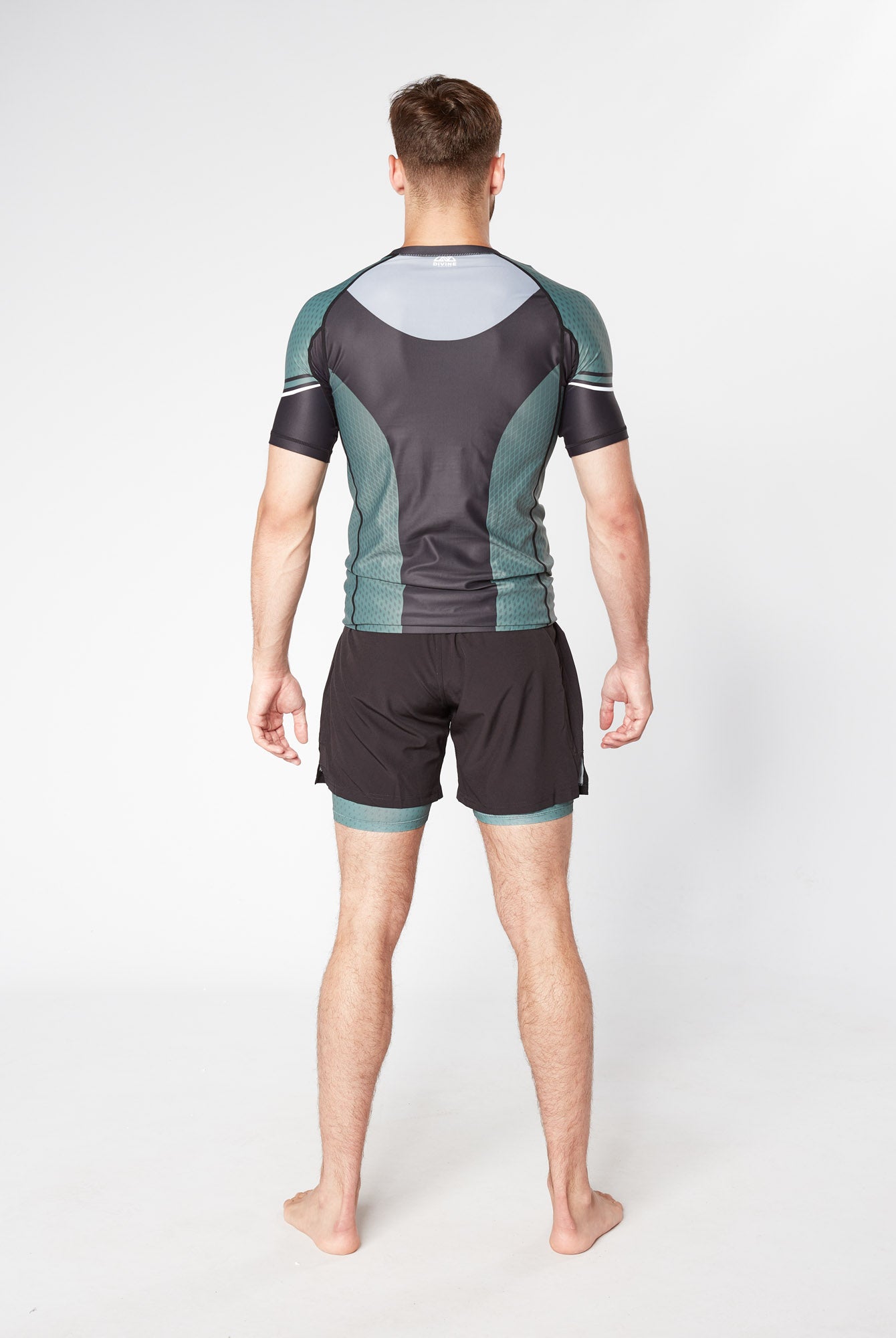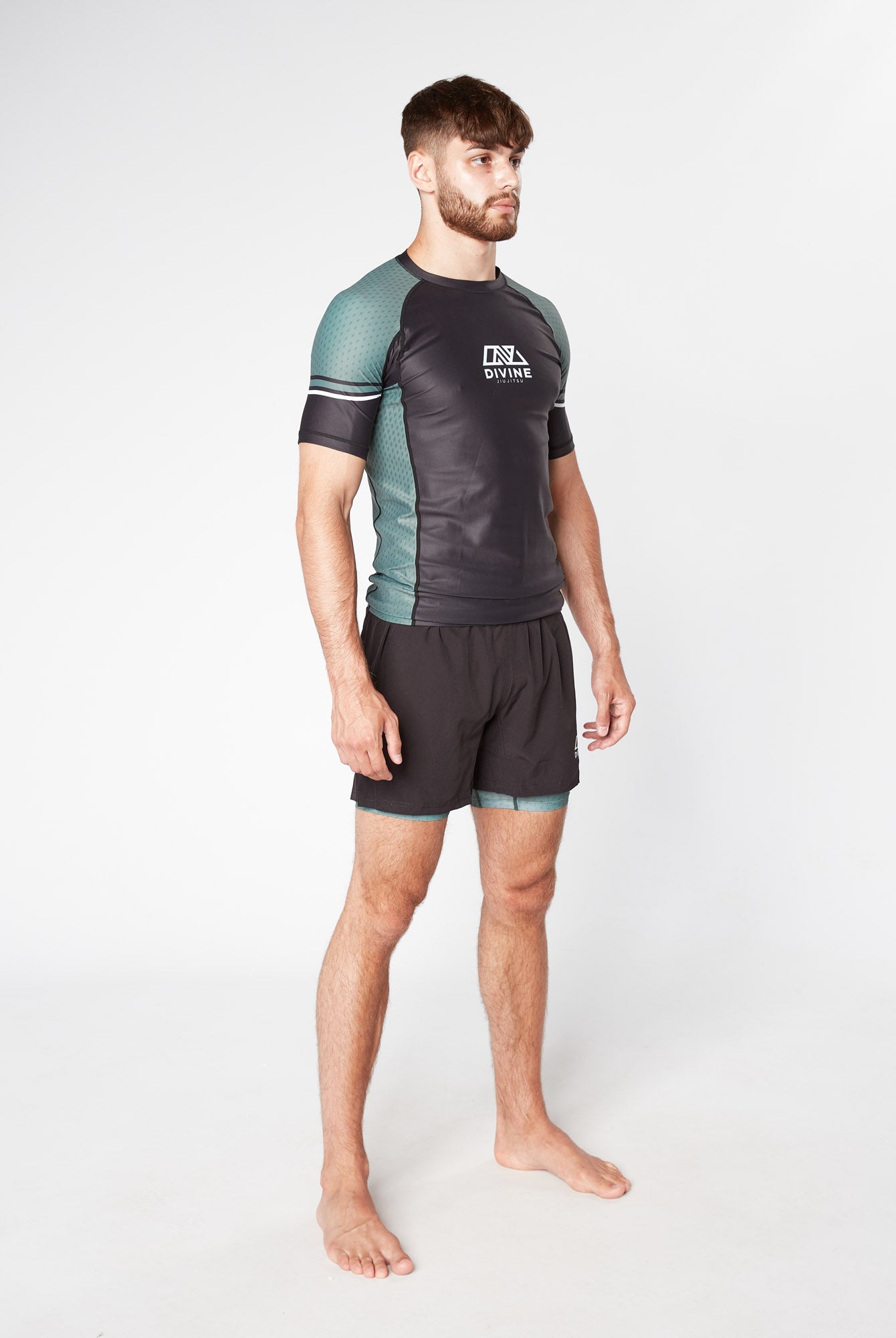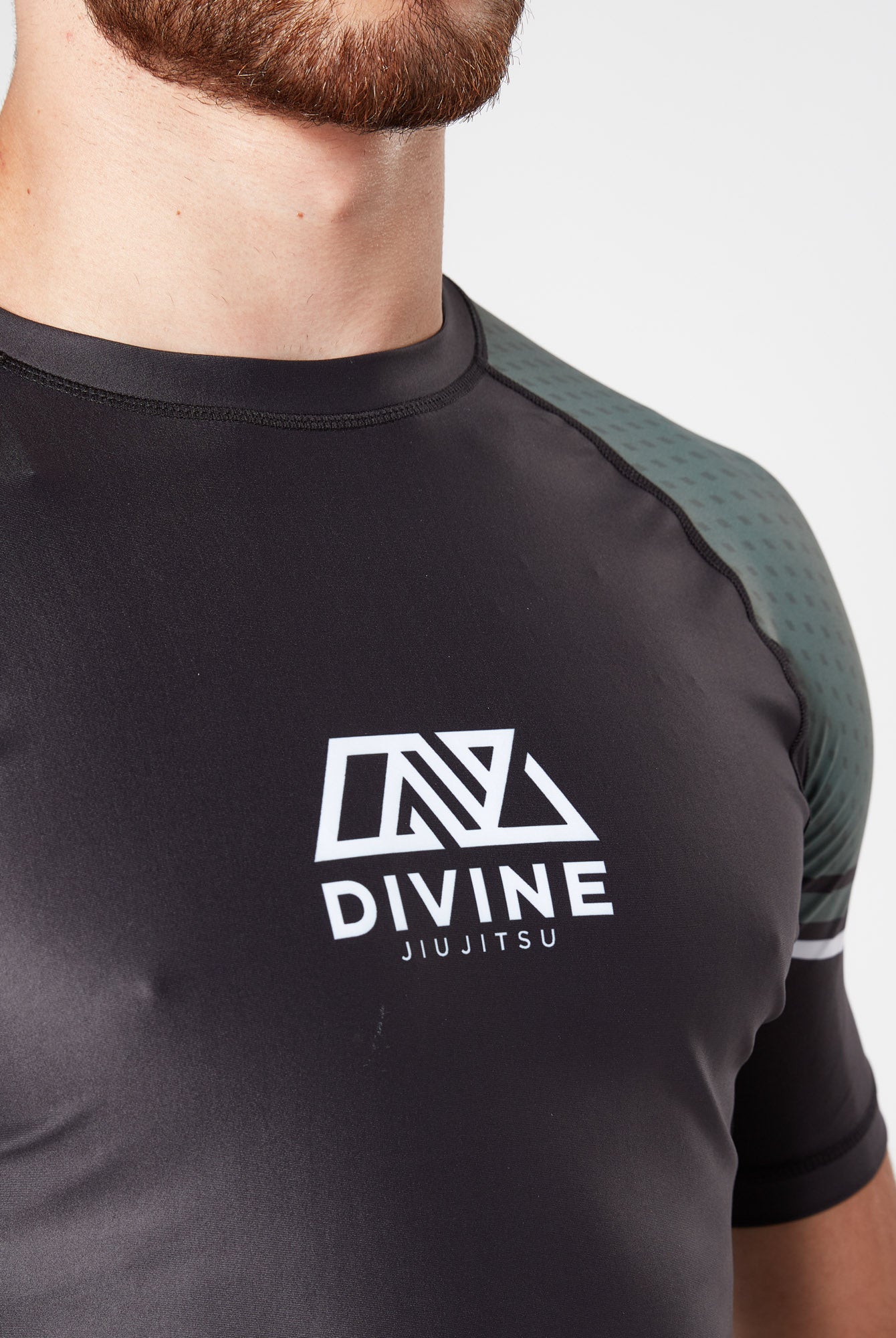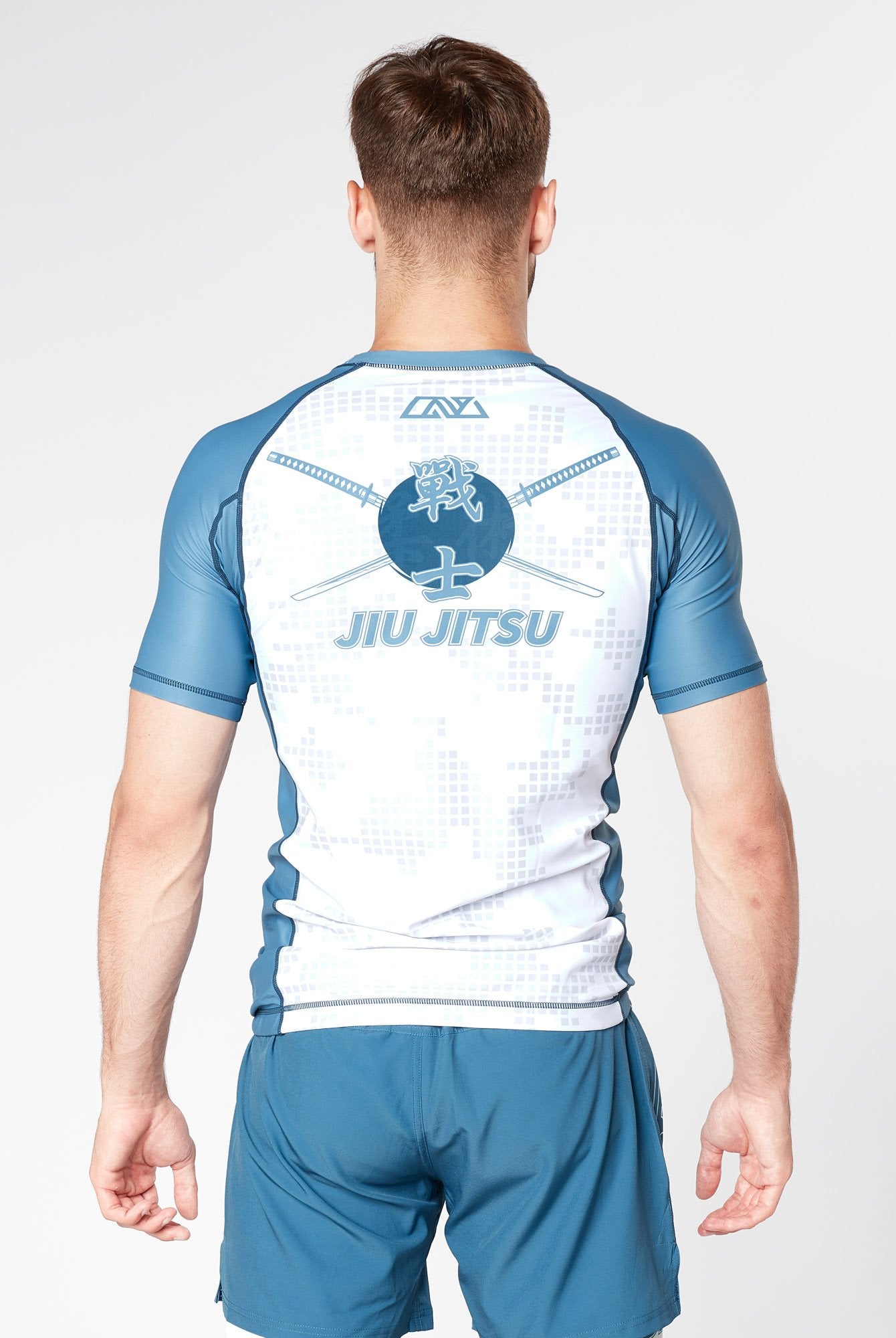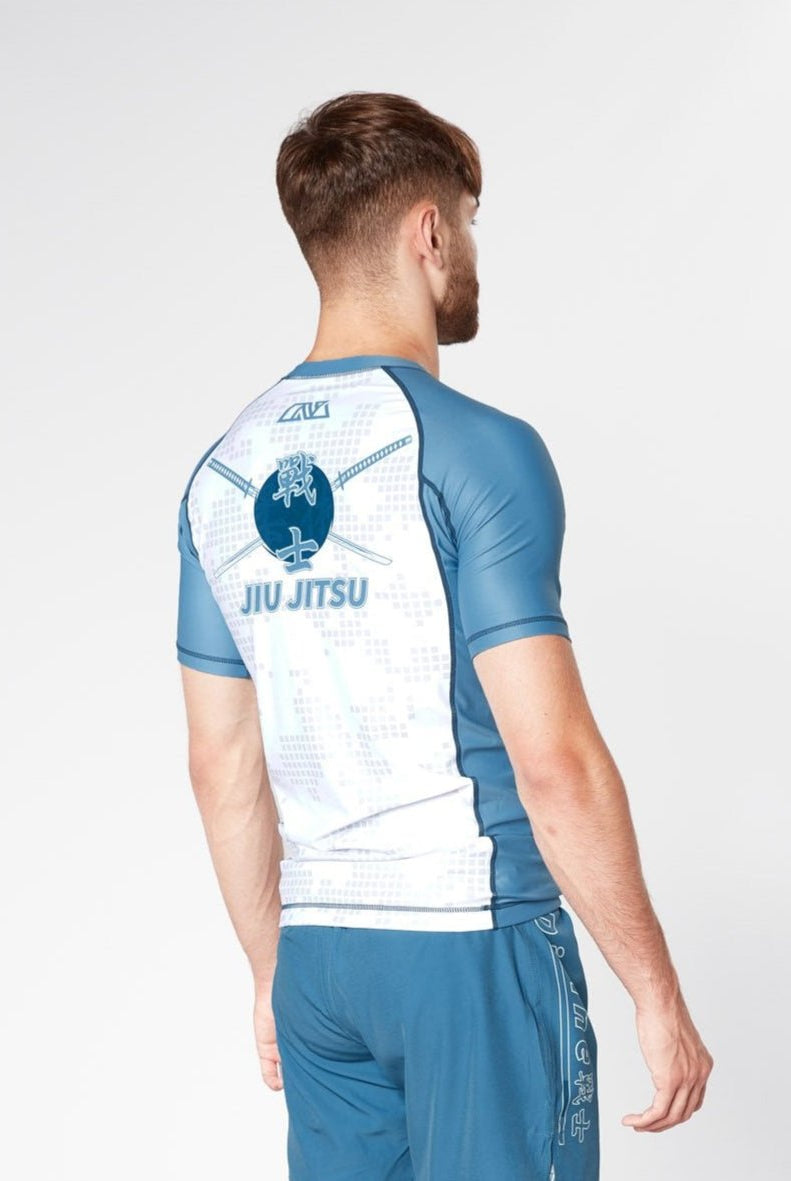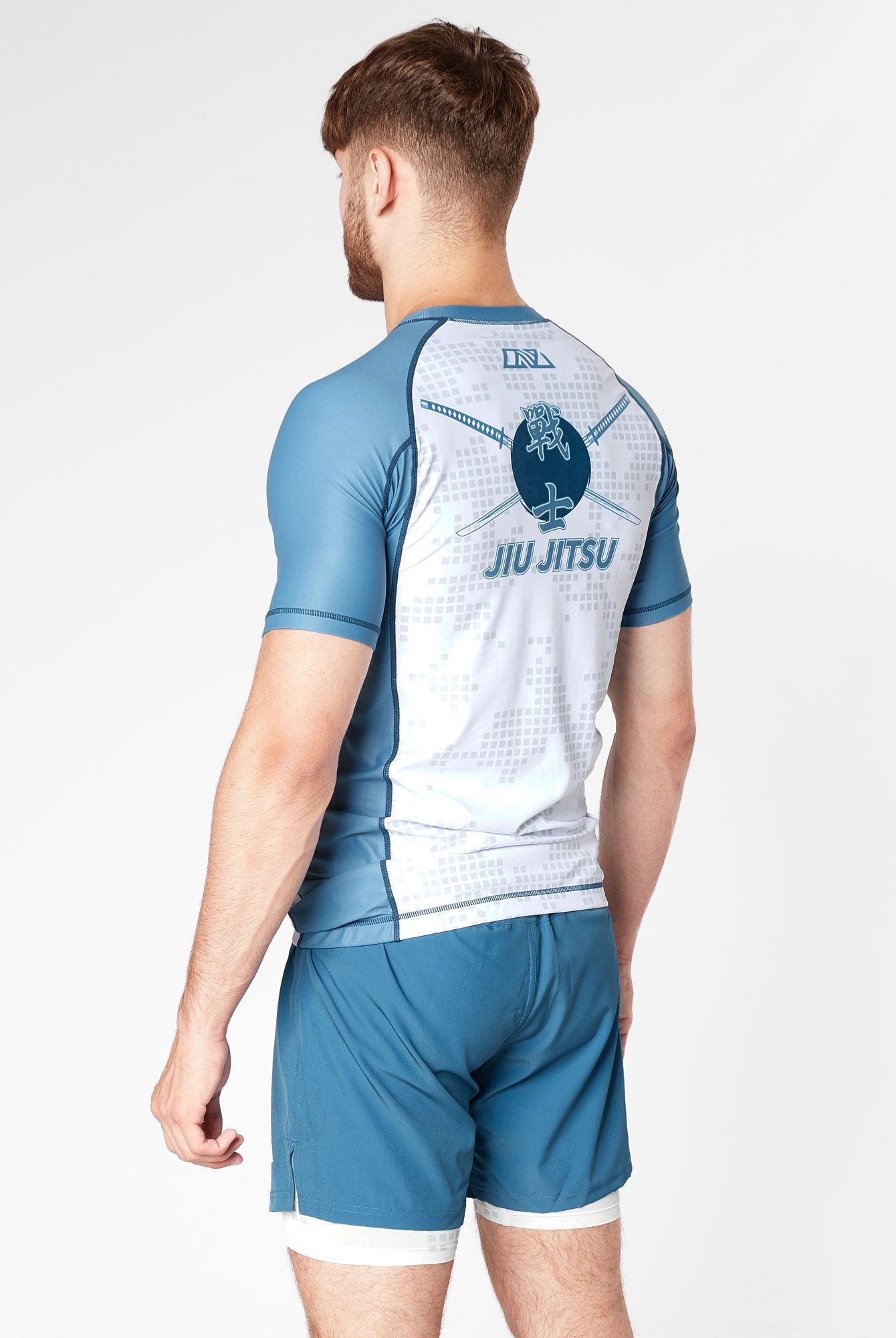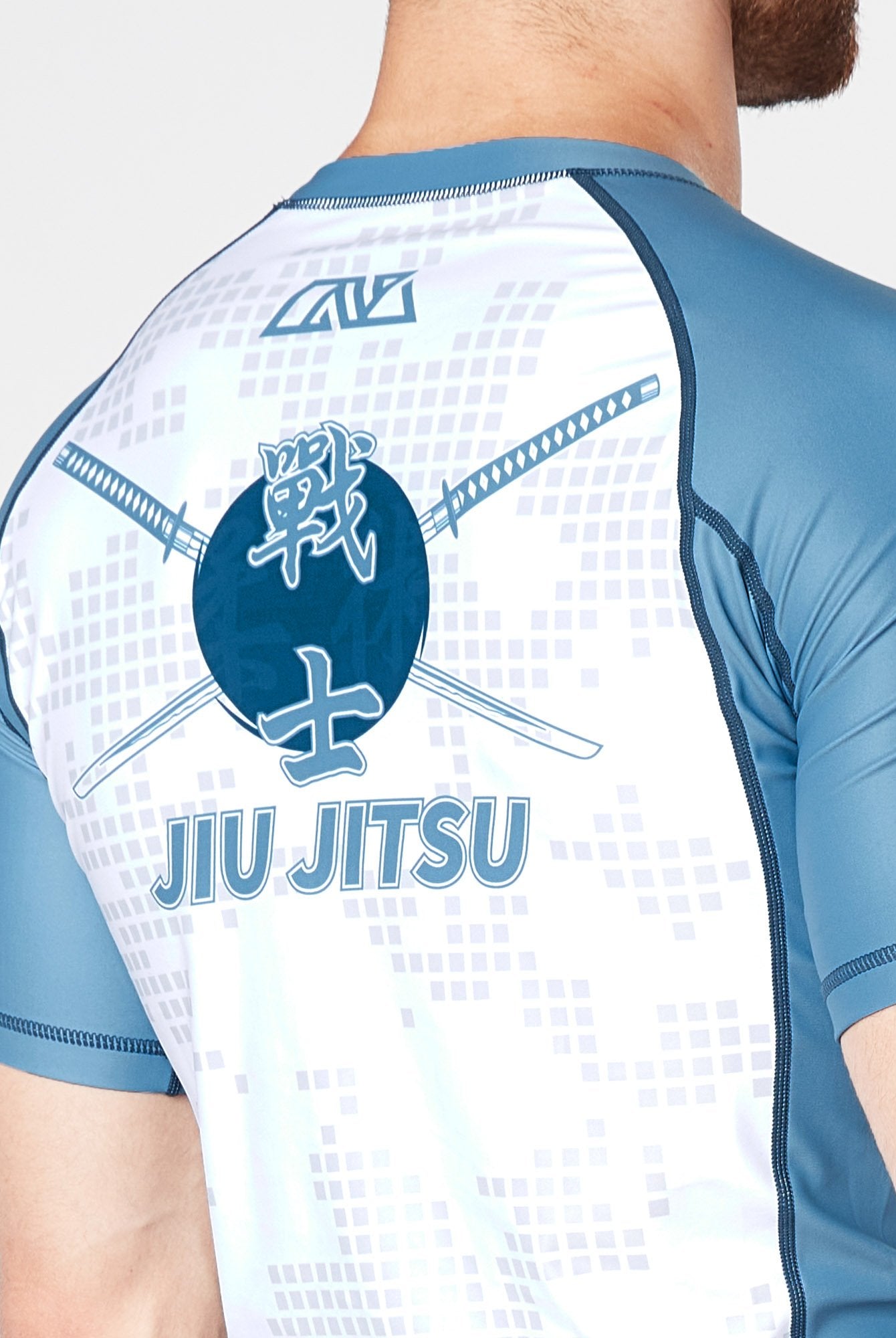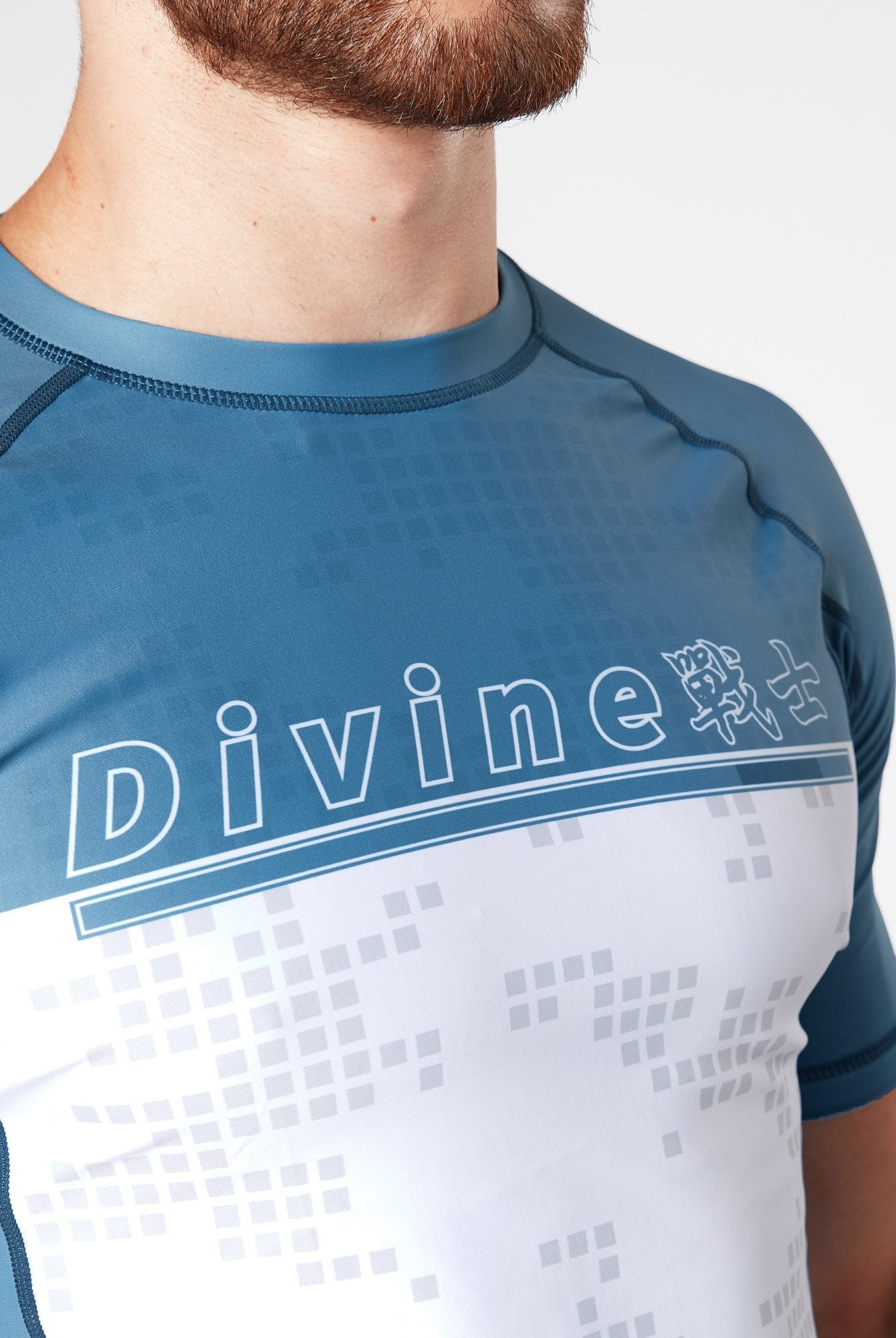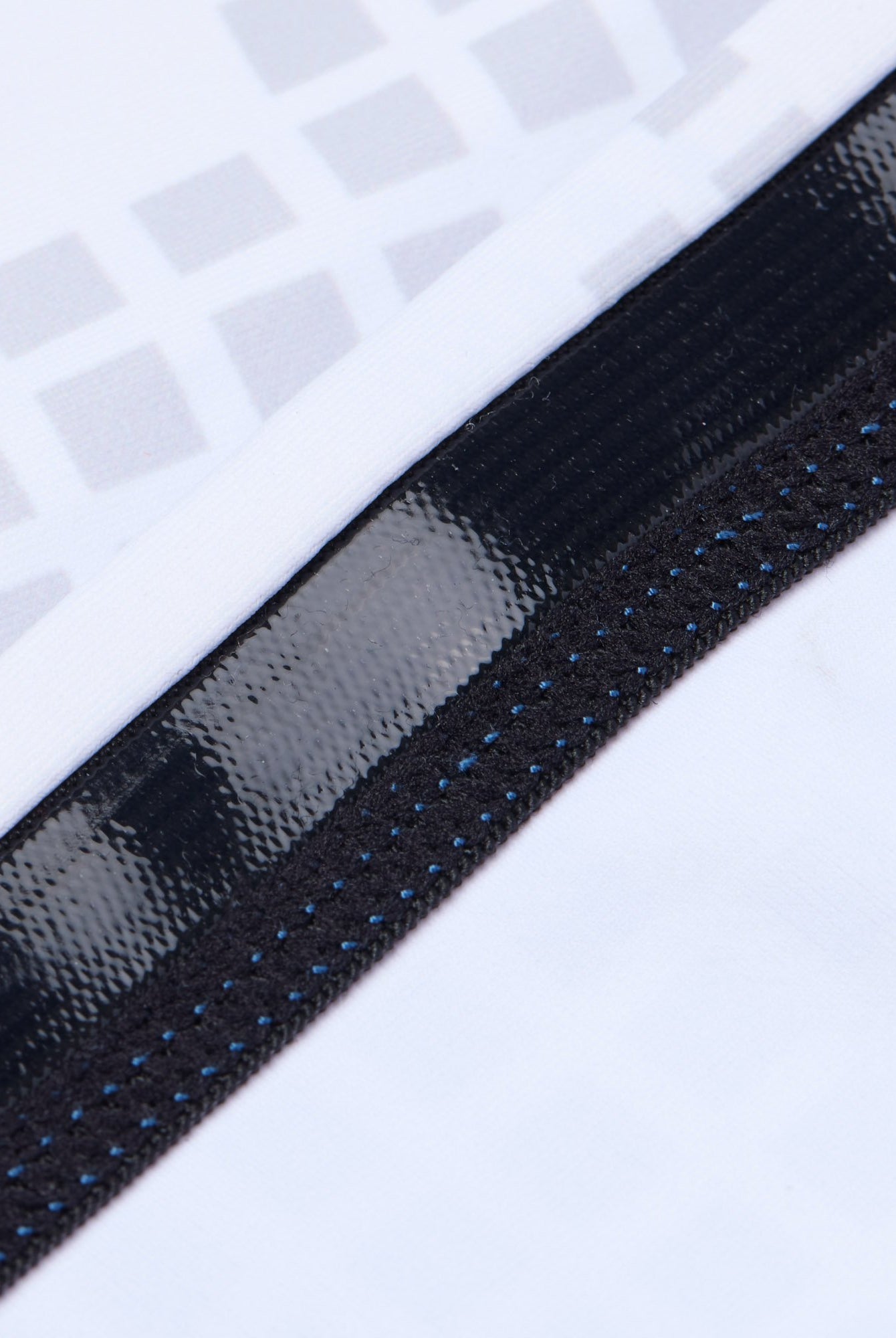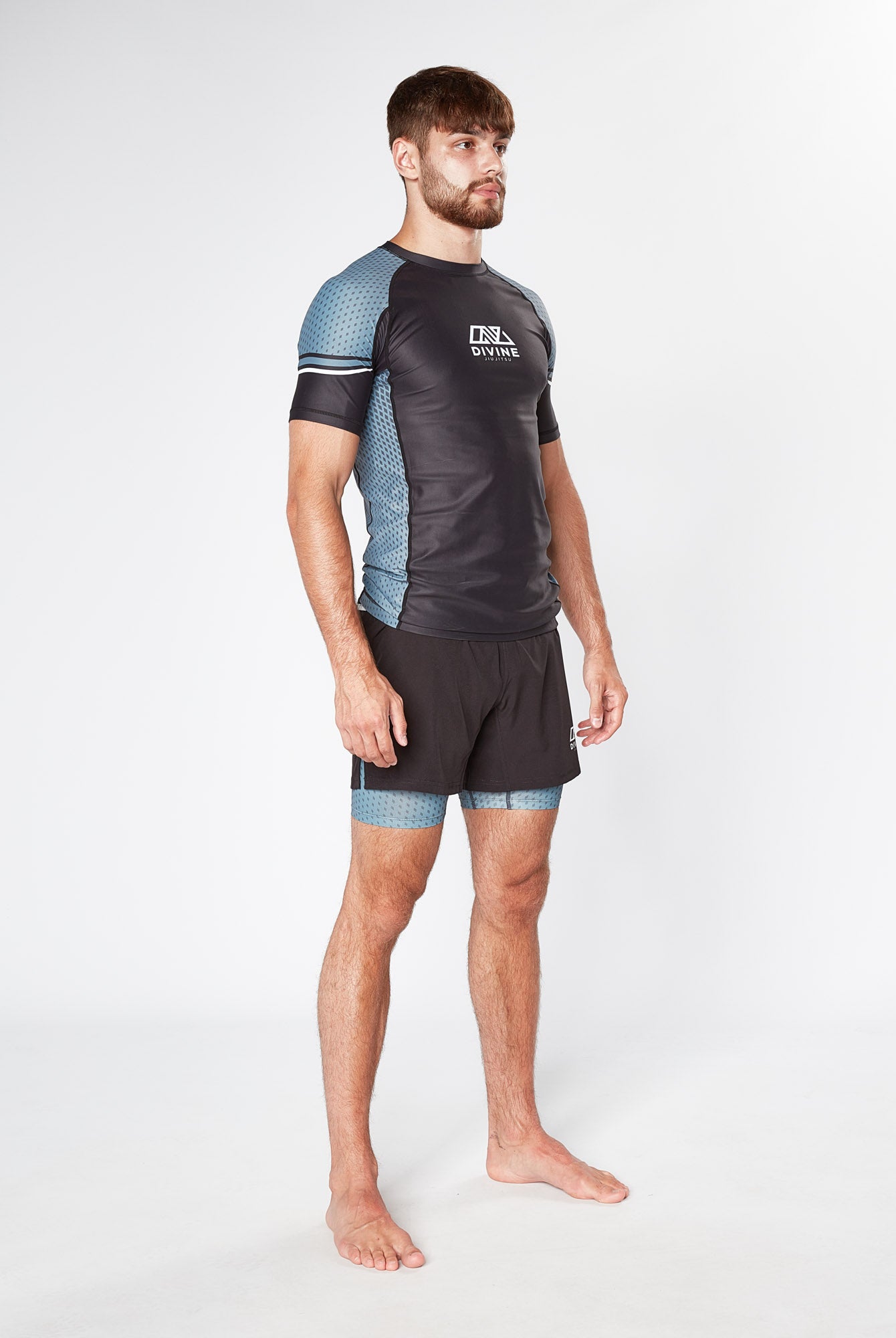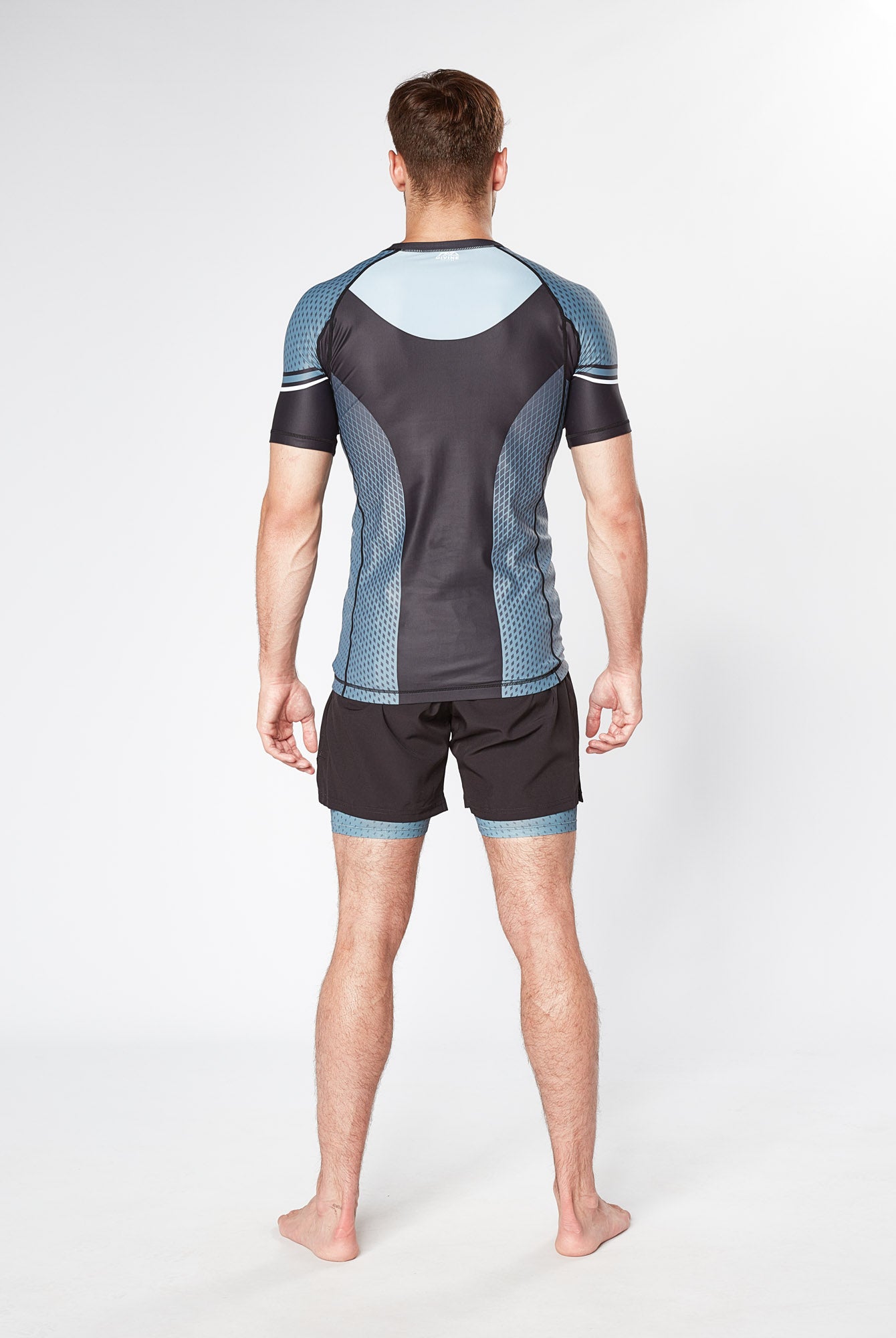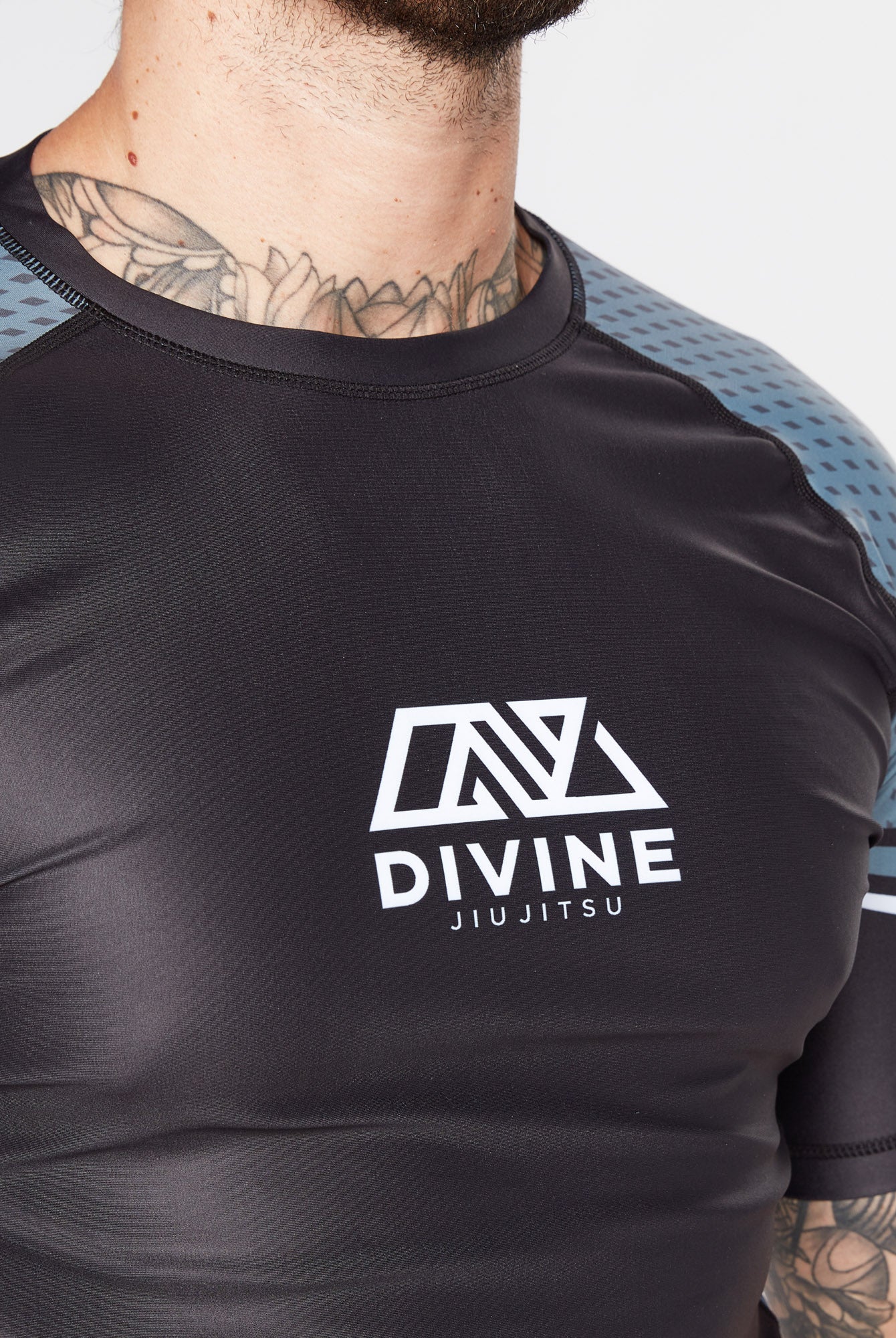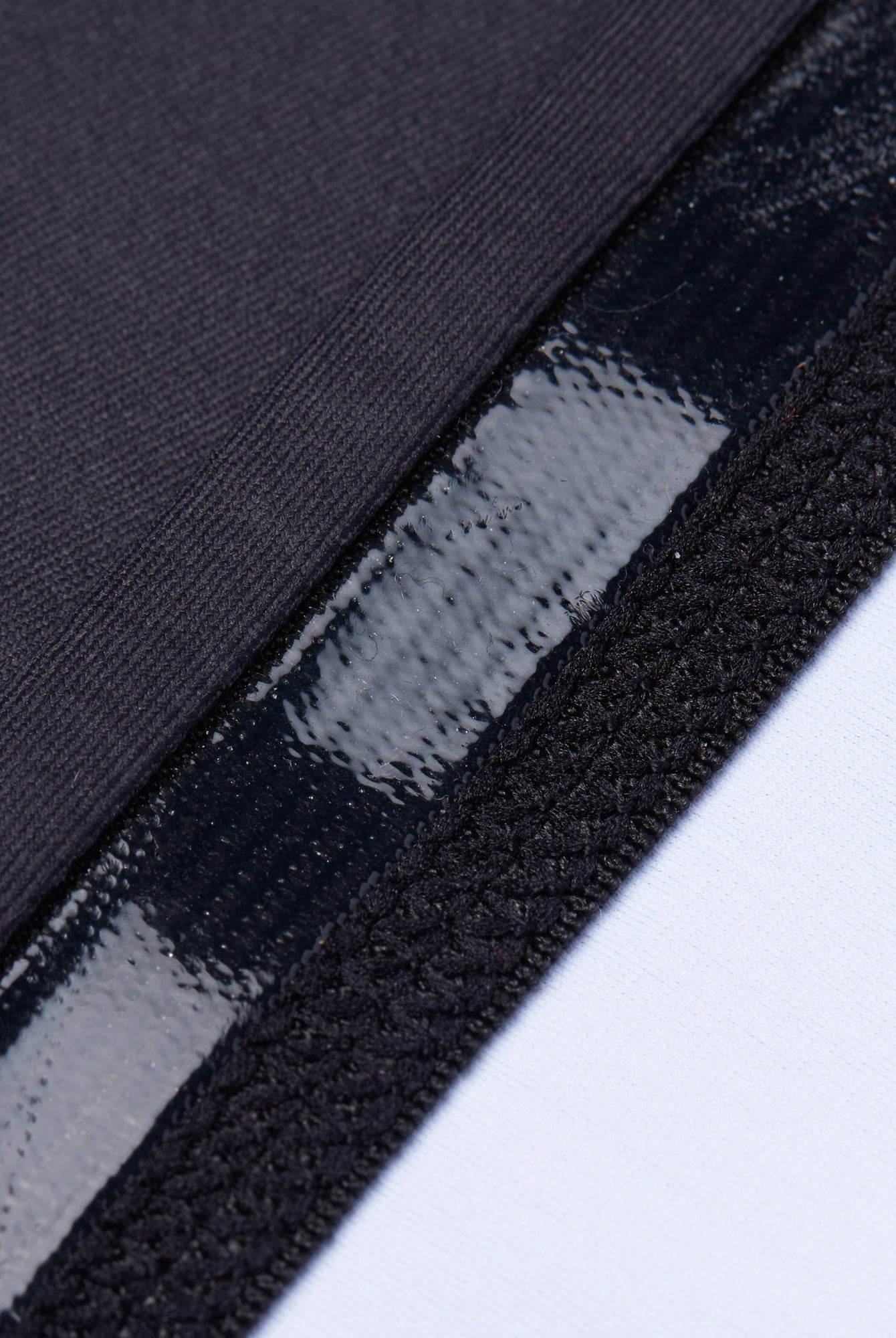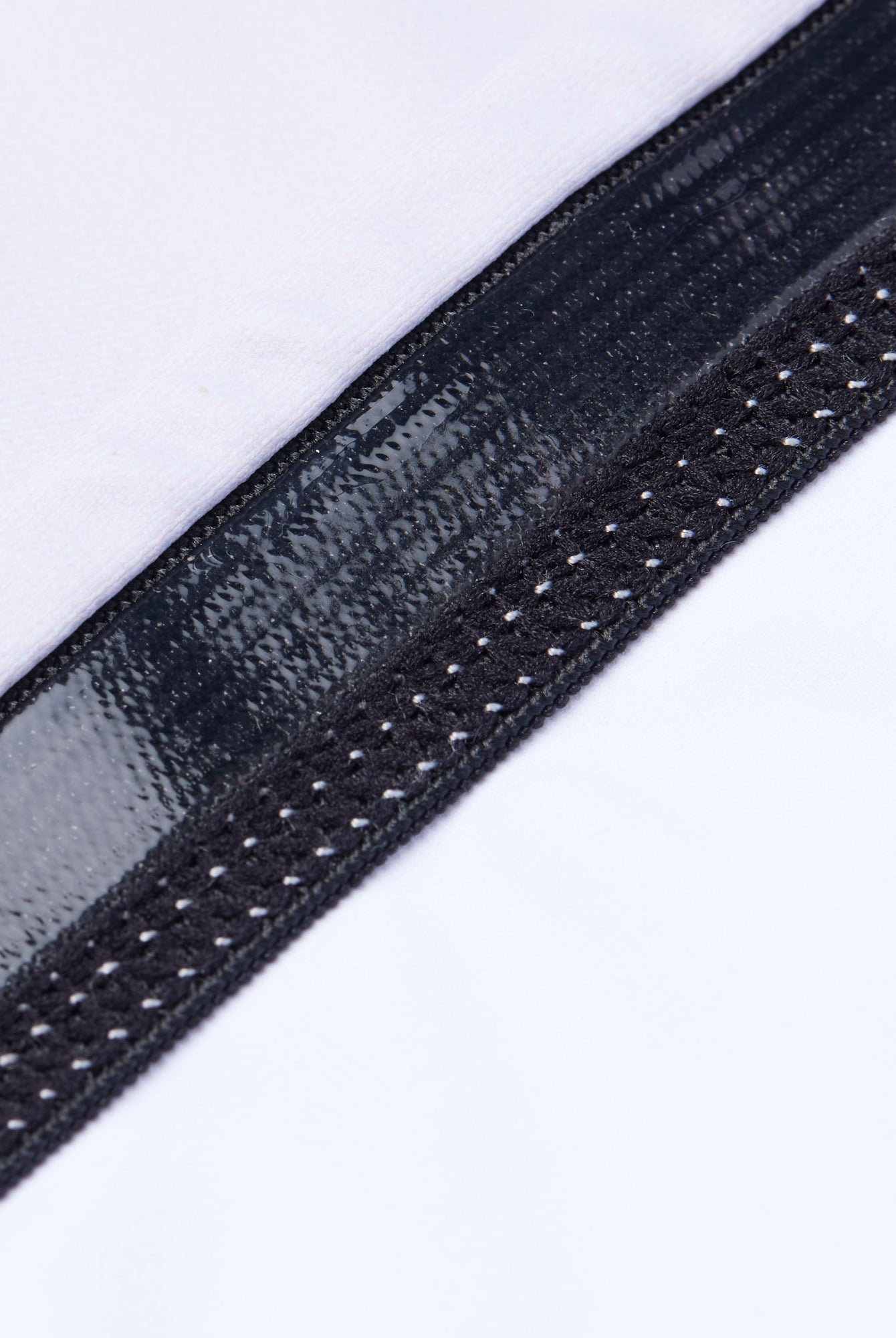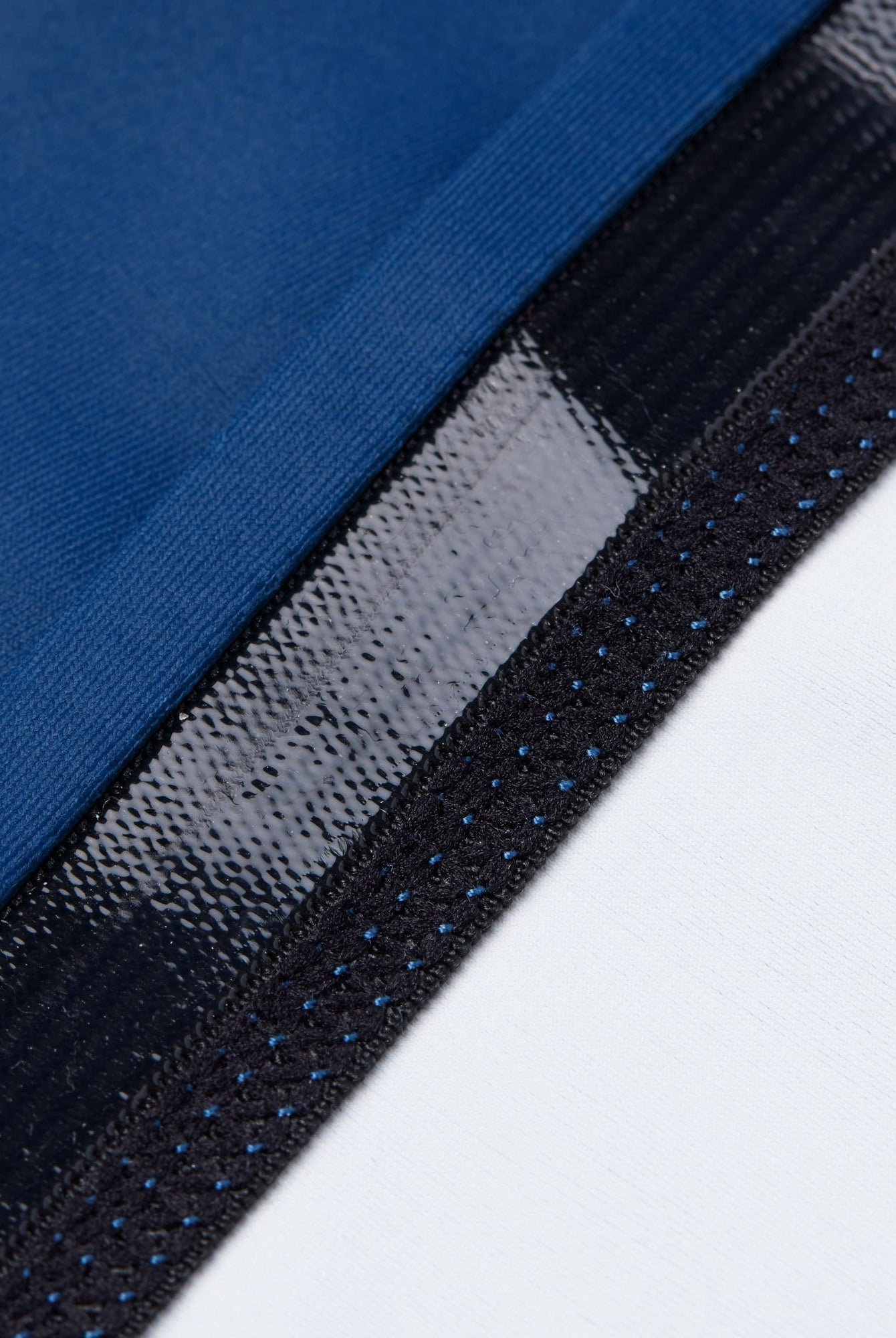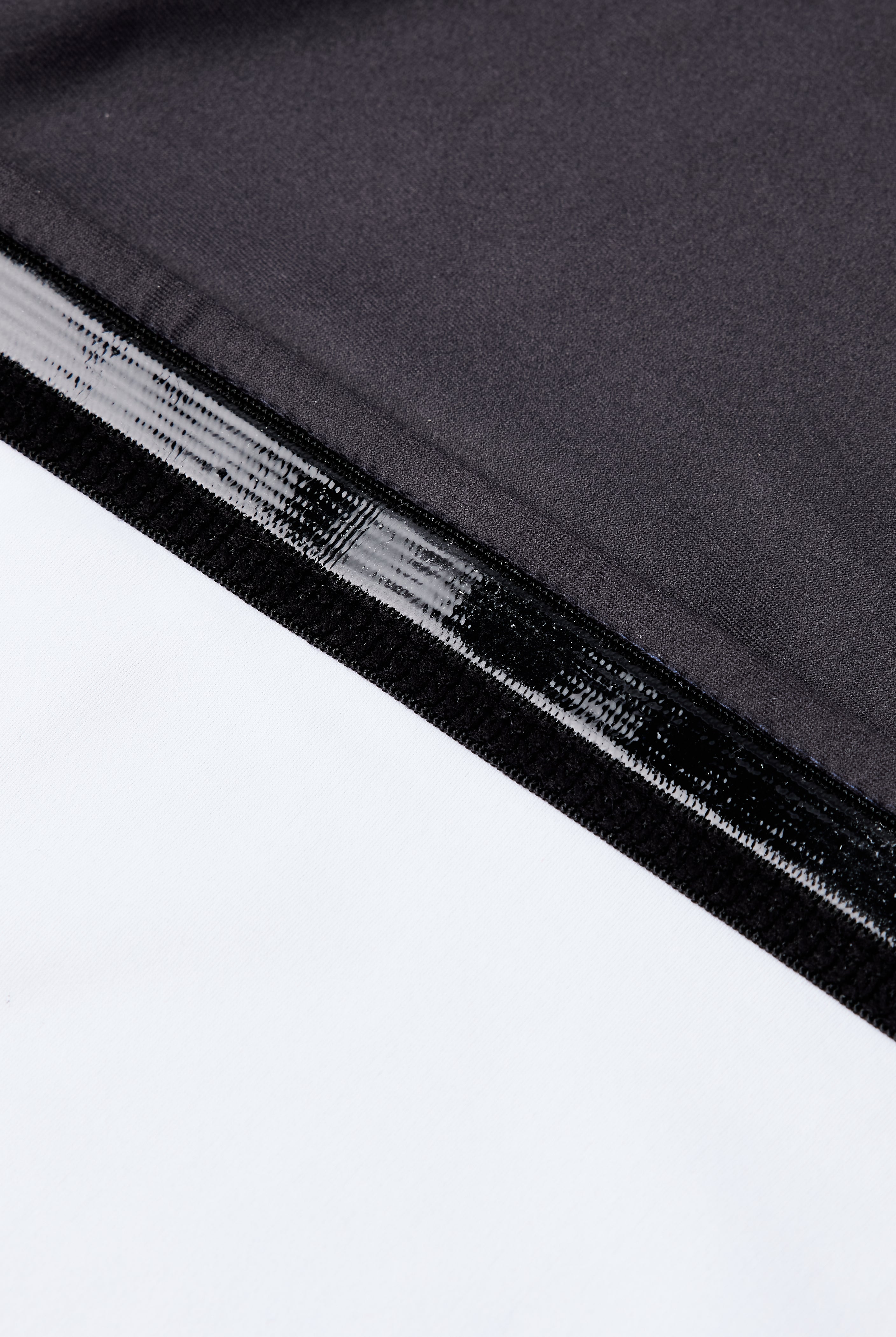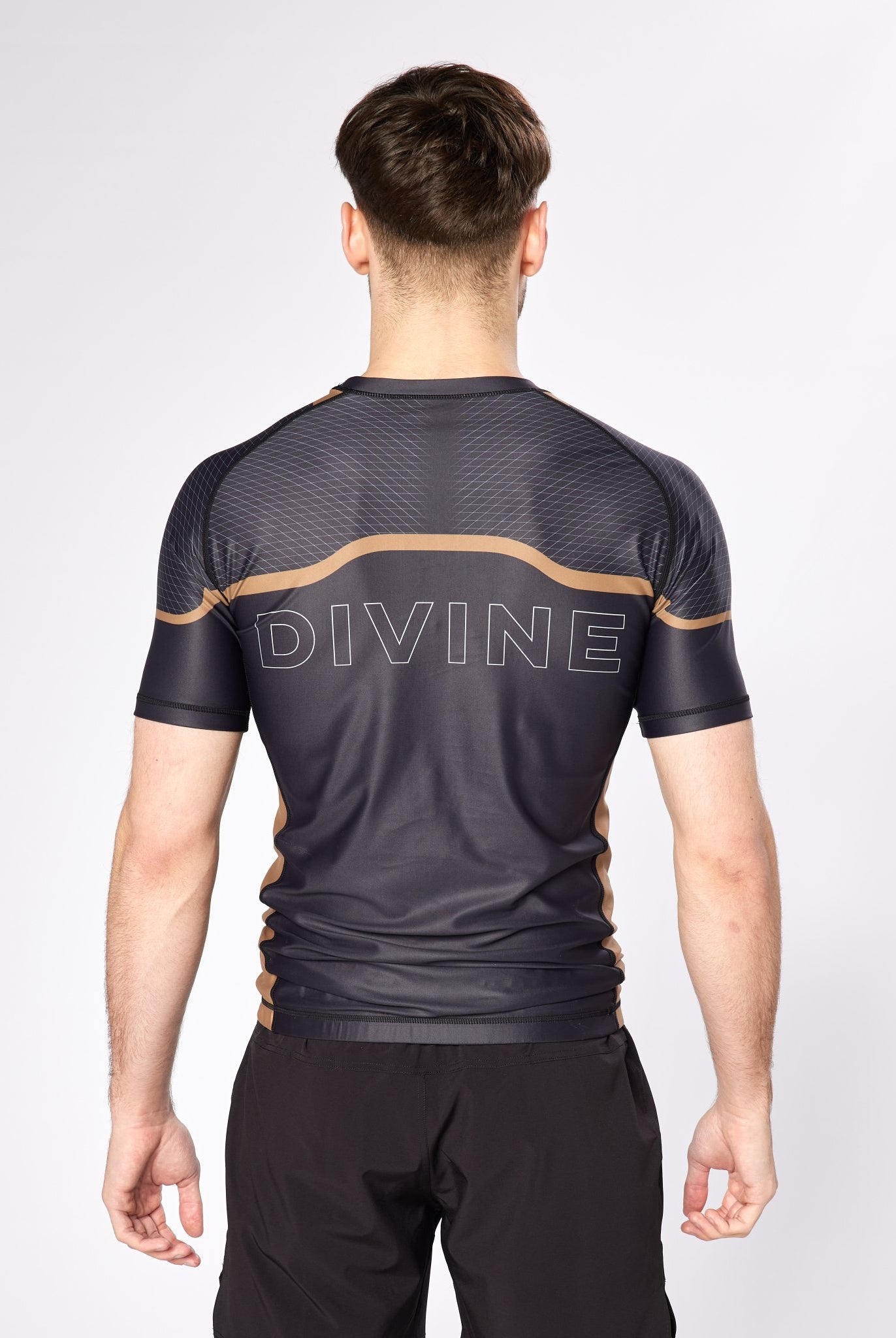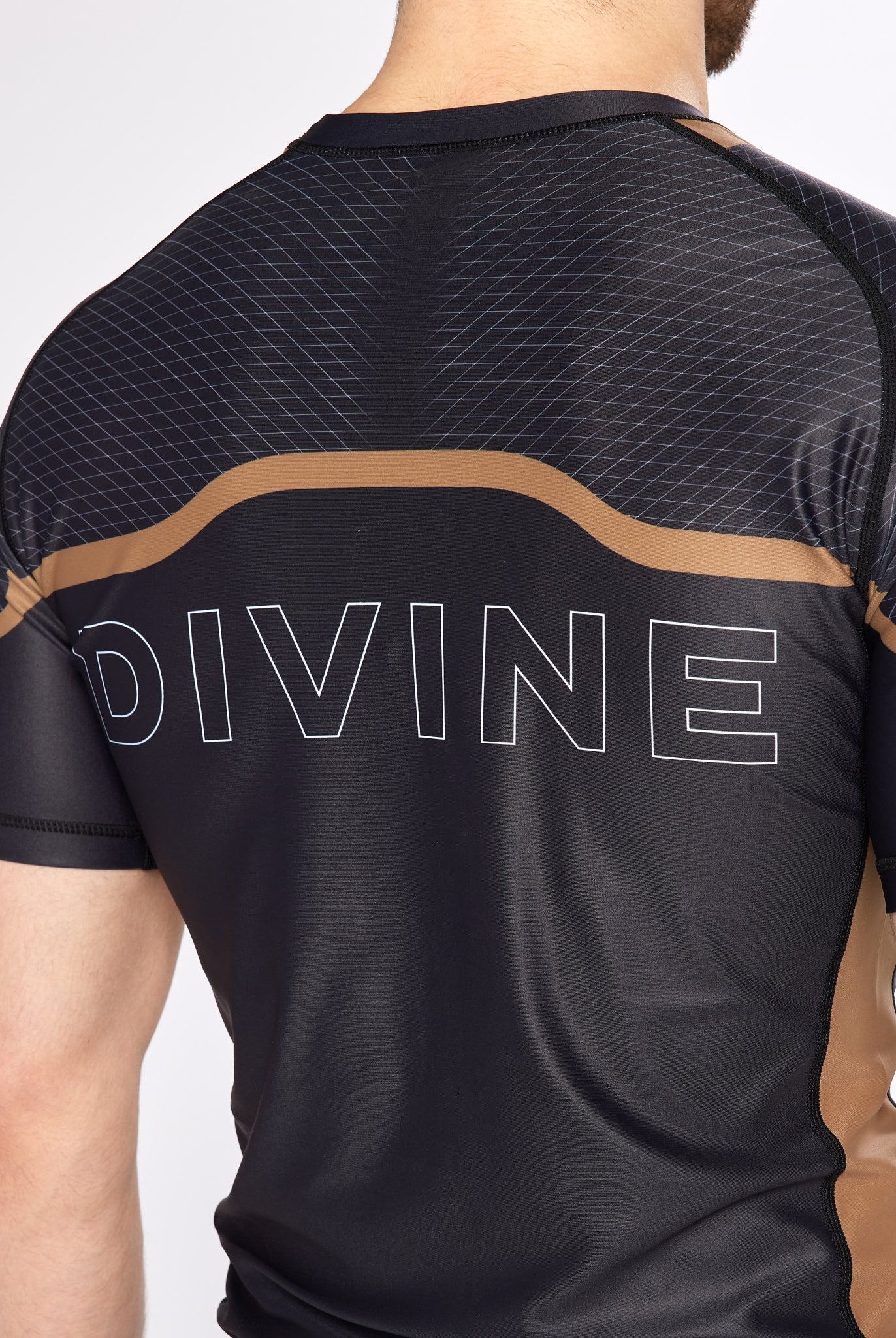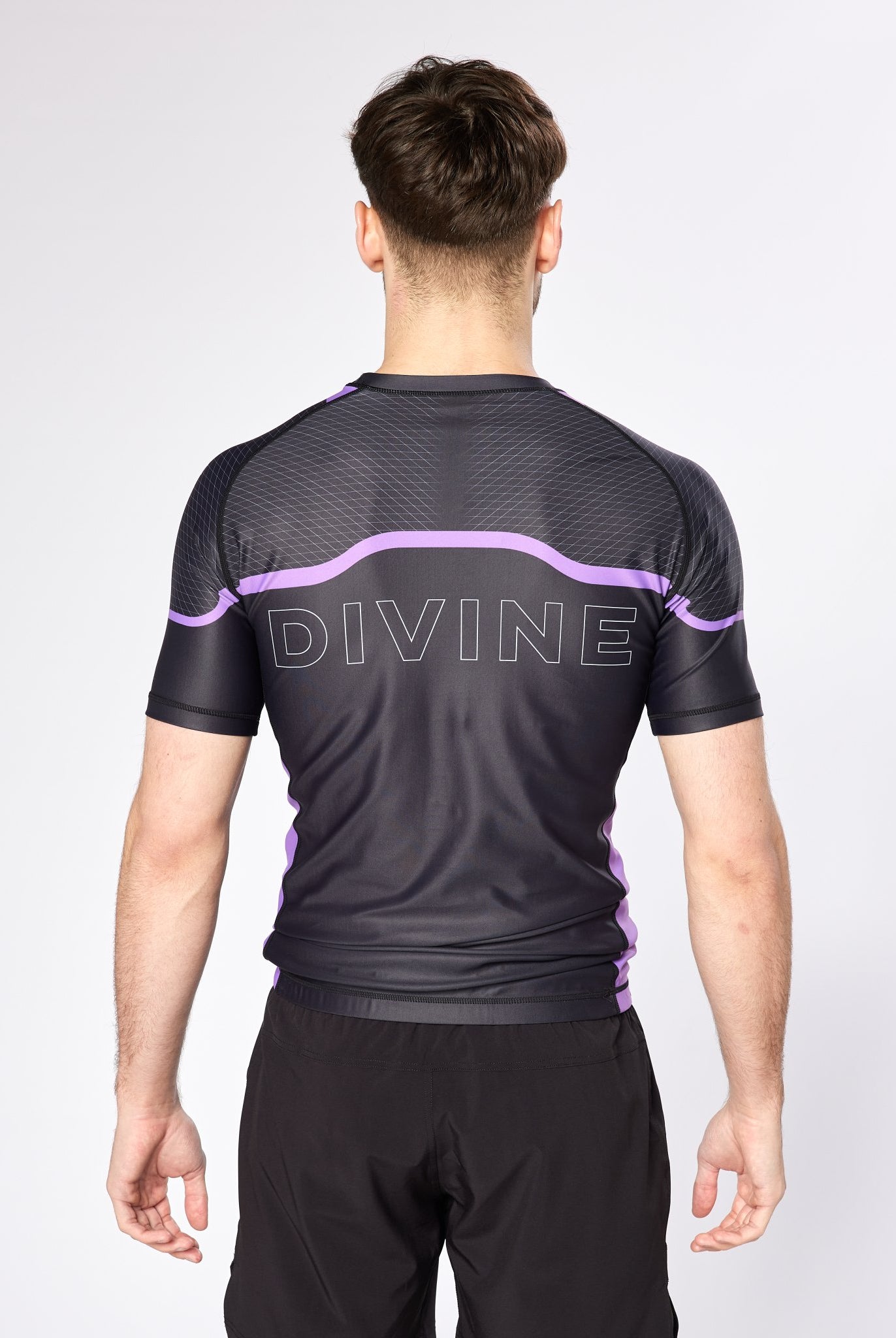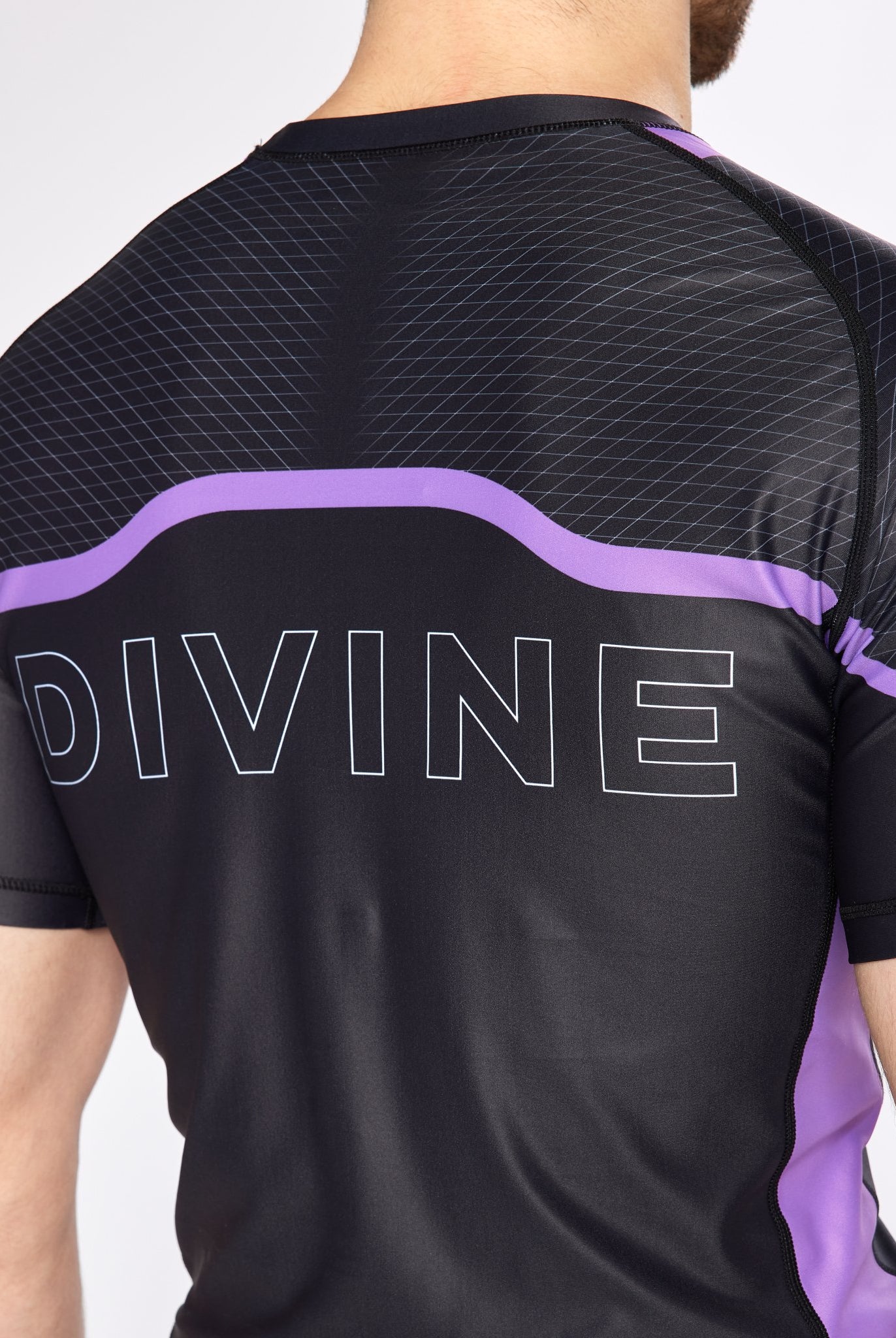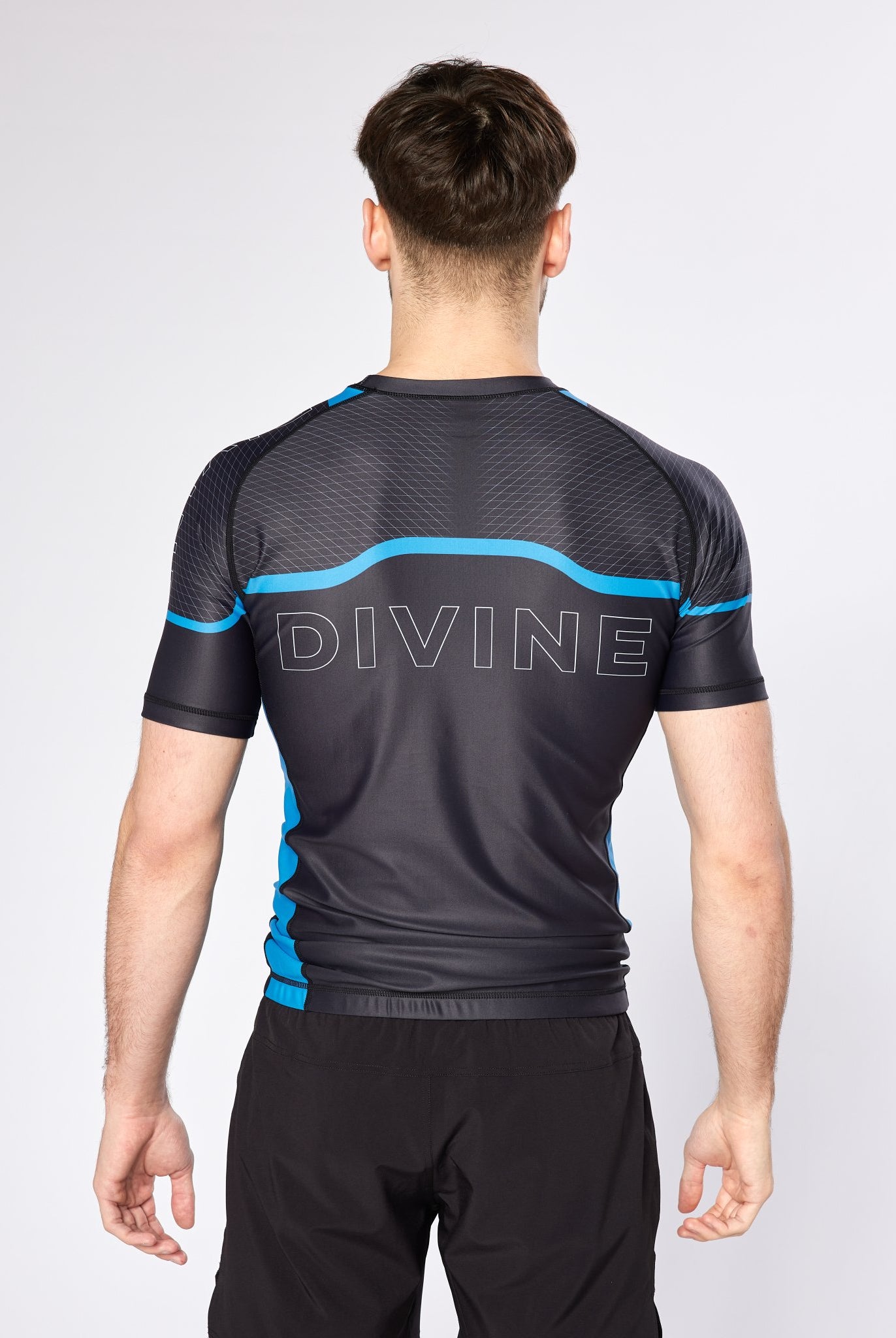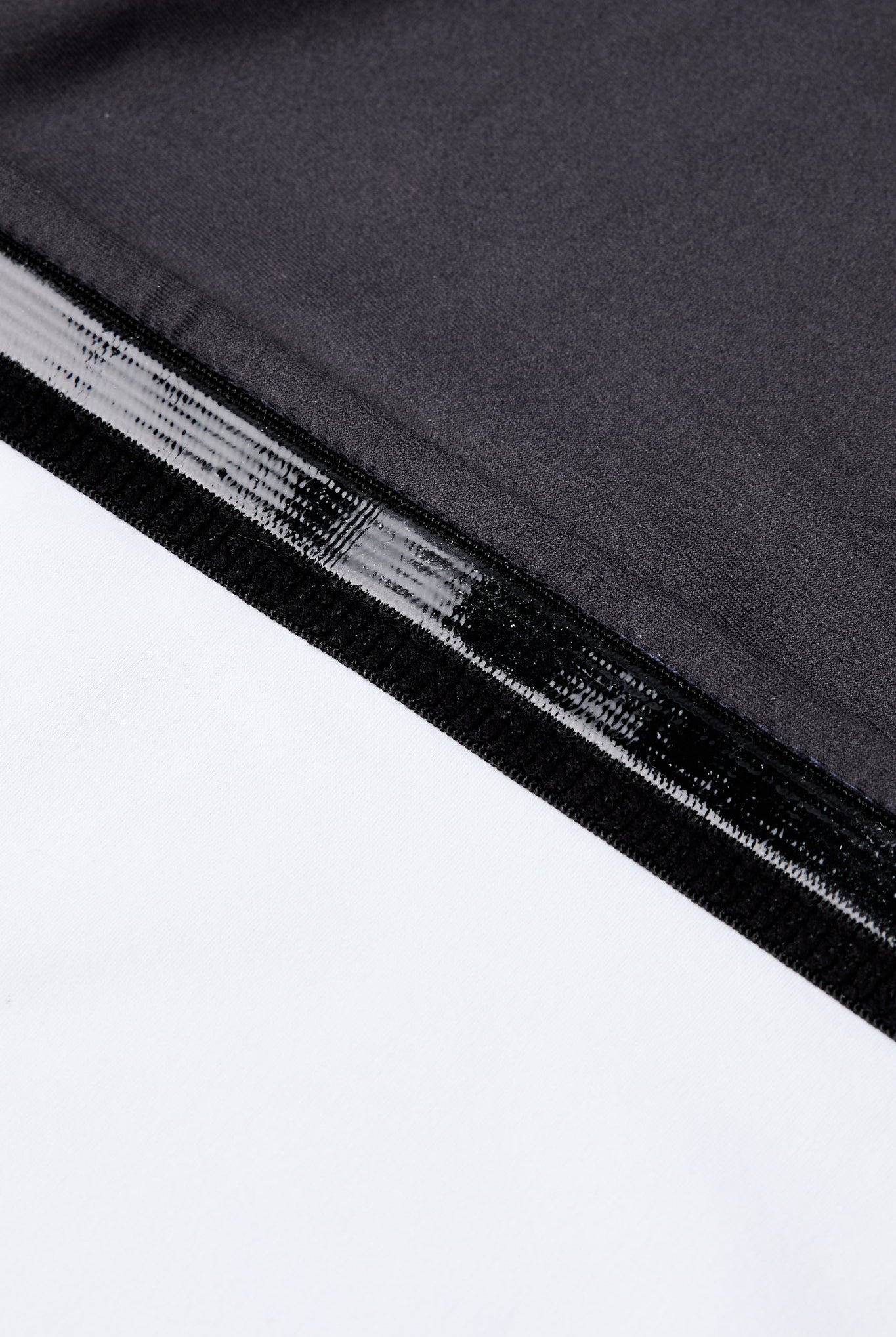Exploring the Strength Gains from Brazilian Jiu-Jitsu Training

Brazilian Jiu-Jitsu (BJJ) is a martial art that emphasizes technique and control over brute strength, leading many to wonder about its impacts on physical conditioning. BJJ does build muscle, particularly through the diverse movements and intense training sessions it offers. The physical demands of executing various techniques, grappling, and resisting opponents engage multiple muscle groups.
Many practitioners often find an increase in muscle tone and functional strength as they progress in their training. The combination of resistance training inherent in sparring and drilling provides a unique workout that can enhance both muscular endurance and structural integrity. This martial art not only fosters skill development but also contributes significantly to overall fitness.
As BJJ gains popularity, its role in promoting physical fitness has gained attention. For those seeking an engaging and effective way to build muscle while learning self-defense skills, BJJ presents a compelling option. Exploring the intricacies of this martial art reveals numerous benefits beyond just muscle building, making it a worthwhile pursuit for anyone interested in improving their fitness.
Understanding BJJ and Its Physical Demands
Brazilian Jiu-Jitsu (BJJ) is a martial art focused on grappling and ground fighting. It requires both physical and mental engagement, making it a complex discipline.
The demands of BJJ can be categorized into several physical components:
- Strength: Practitioners must develop functional strength, particularly in the core, arms, and legs, to execute techniques effectively.
- Endurance: BJJ often involves extended periods of exertion, requiring participants to maintain energy levels during rolls and sparring sessions.
- Flexibility: Effective movement and technique execution depend on flexibility in various muscle groups, especially in the hips and shoulders.
Training sessions typically include drilling techniques, sparring, and physical conditioning. This combination promotes muscle engagement throughout the entire body.
BJJ may appear to be primarily an upper body workout, but it heavily relies on lower body strength. The legs play a crucial role in guard positions and transitions between techniques.
In addition to building muscle, BJJ enhances overall fitness. Practitioners often experience improvements in cardiovascular health, coordination, and balance, thanks to the dynamic movements involved.
Understanding the physical demands of BJJ lays the foundation for recognizing its impact on muscle development. A systematic approach to training can lead to significant gains in strength and muscular endurance over time.
Muscle Development in BJJ
Brazilian Jiu-Jitsu (BJJ) offers significant benefits for muscle development through its unique physical demands. Practitioners engage in various movements that promote both muscular endurance and growth, targeting multiple muscle groups effectively.
Muscular Endurance Versus Muscular Growth
BJJ primarily emphasizes muscular endurance due to the extended periods of grappling and rolling. Muscular endurance involves the ability to sustain prolonged exercise or repeated movements without fatigue. In BJJ, this can lead to lean muscle development instead of bulk gains.
Training sessions often include high repetitions of movements, which condition muscles to perform over time. Practitioners may notice improved stamina and resilience, essential for sparring scenarios.
While endurance is crucial, BJJ can promote muscular growth as well. Intense grappling sessions that involve resistance can stimulate hypertrophy, particularly for those who engage in specific strength training alongside BJJ practice.
Major Muscle Groups Worked in BJJ
BJJ workouts engage multiple major muscle groups, leading to comprehensive muscle development. Key areas targeted include:
-
Core: Central to balance and movement, the core supports nearly all techniques in BJJ. Strengthening this area improves overall performance and stability.
-
Legs: Squatting, lunging, and maintaining a strong base engage the quadriceps, hamstrings, and calves. Strong legs are vital for executing takedowns and guard passes.
-
Back: Many BJJ positions require significant back strength for control and leverage. Muscles such as the latissimus dorsi and trapezius are heavily activated during movements.
-
Arms: Grappling inherently develops arm muscles, including biceps and triceps. Pulling and pushing actions contribute to upper body strength.
By focusing on these muscle groups, BJJ provides a well-rounded approach to functional strength and endurance.
Training Regimen: BJJ Versus Traditional Weight Training
Brazilian Jiu-Jitsu (BJJ) offers a unique training regimen compared to traditional weight training. BJJ focuses on grappling, ground fighting, and technique, which can enhance functional strength.
Key Differences
| Feature | BJJ | Traditional Weight Training |
|---|---|---|
| Focus | Technique and skill | Muscle hypertrophy |
| Strength Type | Functional strength | Isolated muscle strength |
| Intensity | Varies with partner and rolls | Often constant with weights |
BJJ practitioners engage in sparring and drills that simulate real-life scenarios. This can lead to muscle engagement across multiple groups simultaneously.
In contrast, traditional weight training typically targets specific muscle groups. This method allows for controlled progression and predictable gains in muscle mass.
Adaptability
BJJ’s adaptability makes it suitable for all fitness levels. Novices can learn techniques while also building strength and endurance.
Traditional weight training can also be customized, with various routines designed for specific goals like bodybuilding or powerlifting.
Despite their differences, both approaches contribute to improved overall fitness. Individuals may choose one based on personal preferences, goals, or access to facilities.
Nutrition and Recovery for Optimal Muscle Building in BJJ
To build muscle effectively while training in Brazilian Jiu-Jitsu (BJJ), proper nutrition is crucial. A balanced diet supports energy levels and muscle recovery.
Key Nutrients for Muscle Building:
-
Protein: Essential for muscle repair. Aim for 1.2 to 2.0 grams of protein per kilogram of body weight daily. Sources include chicken, fish, eggs, and legumes.
-
Carbohydrates: Provide energy for workouts. Complex carbs like brown rice, quinoa, and whole grains are beneficial.
-
Healthy Fats: Support hormone production and overall health. Include avocados, nuts, and olive oil.
Hydration:
Staying hydrated is vital for performance and recovery. Water helps transport nutrients and aids in muscle function. Aim for at least 2 to 3 liters per day, adjusting for sweat loss during training.
Recovery Strategies:
-
Post-Workout Nutrition: Consume a meal or snack within 30 to 60 minutes post-training. A mix of protein and carbs, such as a protein shake with a banana, helps in recovery.
-
Sleep: Aim for 7 to 9 hours of sleep each night. Quality sleep is essential for muscle recovery and growth.
-
Rest Days: Incorporate rest days into the training schedule. Allowing muscles to recover prevents overtraining and enhances muscle growth.
By focusing on nutrition and recovery, practitioners can optimize muscle building alongside their BJJ training.





